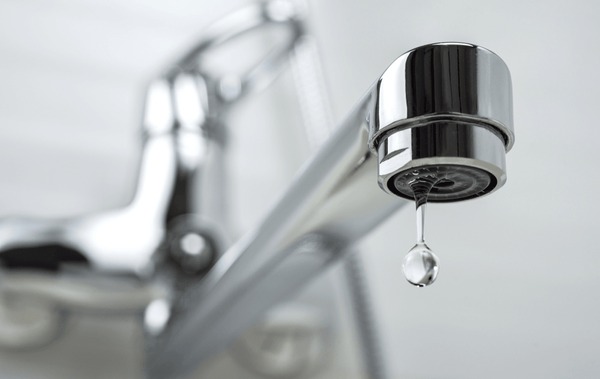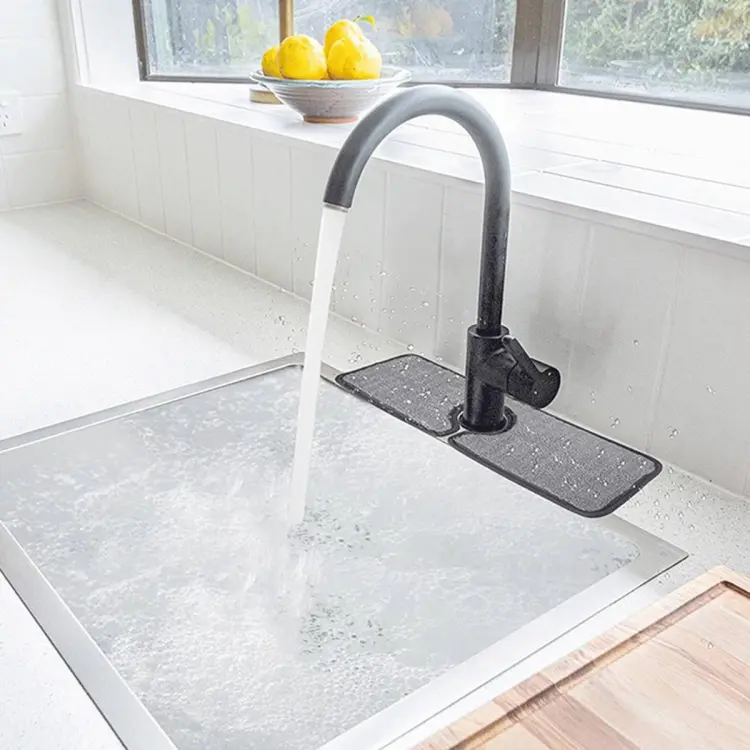Our Outcomes of Having a Dripping Faucet
Our Outcomes of Having a Dripping Faucet
Blog Article
They are making a number of good pointers regarding Here's How to Fix a Leaky Faucet in general in the content on the next paragraphs.

Intro
A leaking tap could appear like a minor aggravation, however its consequences expand far past the occasional drip. Understanding the impacts of a leaky tap is important for both homeowners and the atmosphere. In this article, we'll check out the various effects of this common family issue and why resolving it promptly is crucial.
Root Causes Of Leaky Faucets
Leaky faucets can arise from a range of elements, consisting of wear and tear, high water stress, and corrosion. With time, the continuous use faucets can bring about worn-out seals and gaskets, creating leakages to establish. Additionally, too much water pressure can place stress on plumbing fixtures, leading to leaks. Corrosion and corrosion can also weaken tap components, making them vulnerable to leakage.
Water Wastefulness
One of one of the most considerable consequences of a leaky faucet is water waste. Even a small drip can add up to gallons of drainage gradually. This not only drives up water expenses yet additionally contributes to water scarcity and environmental deterioration. Resolving dripping taps promptly is important for preserving this priceless source and lessening its effect on the world.
Financial Effect
Along with wasting water, leaking faucets can likewise have a substantial financial influence. Enhanced water costs are a straight consequence of water wastefulness, costing home owners numerous bucks each year. Moreover, the cost of fixing water damage caused by leaks can be significant, specifically if left neglected for an extended period.
Environmental Effect
The environmental effect of leaking faucets extends beyond water waste. By saving water, house owners can add to wider efforts to mitigate water deficiency and shield all-natural environments. Sustainable alternatives such as rain harvesting and water-efficient fixtures can further lower the ecological footprint of house water use.
Technological Solutions
Advancements in modern technology have led to the growth of wise faucets and water-saving tools that assist decrease water waste. Smart taps utilize sensors to identify movement and readjust water circulation accordingly, minimizing waste without sacrificing ease. Water-saving gadgets such as aerators and low-flow showerheads are also efficient in conserving water without jeopardizing performance.
Worldwide Viewpoints
While leaky taps might appear like a local problem, they add to broader worldwide challenges such as water shortage and environment modification. In areas already dealing with water stress and anxiety, every drop counts, making leakage avoidance and fixing vital. By taking on water-saving practices and purchasing lasting technologies, house owners can play their component in dealing with these pushing international issues.
Regulative Actions
Government policies play a critical role in mitigating the impact of leaking taps and advertising water preservation. From building codes that require water-efficient fixtures to water-saving rewards and discounts, policymakers have a series of tools at their disposal. By executing and imposing these guidelines, federal governments can make certain that homeowners prioritize water conservation in their day-to-days live.
Community Impact
Addressing leaky faucets requires collective efforts at the community level. By raising awareness about the importance of water conservation and providing resources for leakage discovery and fixing, regional authorities can equip property owners to act. Initiatives such as water-saving rebate programs and leakage discovery projects can incentivize habits change and promote responsible water use.
Situation Studies
Real-life examples of the impact of dripping taps highlight the relevance of aggressive upkeep and timely repairs. From water damages to escalating water expenses, the consequences of ignoring leakages can be serious. By sharing these case studies, home owners can much better comprehend the significance of resolving leaking faucets without delay.
Educational Campaigns
Educational campaigns play a crucial duty in increasing awareness concerning the impacts of dripping taps and promoting water preservation practices. Via workshops, seminars, and online sources, homeowners can find out how to detect and fix leaks themselves. By encouraging individuals with knowledge and tools, educational campaigns can promote a society of responsible water usage within neighborhoods.
Health Worries
Leaking faucets can produce favorable environments for mold and mildew and mold growth, posing health risks to passengers. The presence of mold can aggravate breathing concerns and allergies, especially in vulnerable individuals. In addition, water damage resulting from leakages can compromise the structural integrity of buildings and bring about costly repair services.
Do it yourself vs. Professional Repair work
When confronted with a leaky faucet, house owners often debate whether to attempt repair services themselves or work with a professional plumber. While DIY repair services can conserve cash, they might not constantly address the underlying problem successfully. Specialist plumbings have the know-how and tools to diagnose and fix leaks properly, making certain lasting solutions and peace of mind for property owners.
Preventive Measures
Stopping leaking faucets requires regular maintenance and proactive measures. Easy tasks such as replacing worn-out washing machines and seals can prevent leakages from creating. In addition, updating to high-quality components and lowering water stress can aid extend the lifespan of faucets and decrease the threat of leakages.
Final thought
Finally, the effects of a leaky faucet expand much past the occasional drip. From water waste and boosted water expenses to health concerns and ecological effect, the consequences of ignoring leakages can be substantial. By dealing with leaky taps immediately and adopting water-saving practices, home owners can alleviate these impacts and contribute to a more lasting future.
Why You Shouldn’t Ignore a Leaky Faucet in Your Home
What Causes a Leaky Faucet?
Various factors can cause a leak, from loose and worn-out parts to corrosion. Your faucet has four essential components from which most plumbing issues will stem: the O-ring, the valve seat, the washer and the gasket.
What Is an O-Ring?
The O-ring is a stem screw that fastens parts of the faucet in place, preventing water from leaking out of the spout. Depending on your faucet type, the stem might have multiple O-rings. Water will drip from the faucet’s handles and base if this part breaks or deteriorates.
What Is a Valve Seat?
The valve seat controls the flow and temperature of the water. Found at the base of the handle, it works as a seal for the faucet’s stem. The valve seat ensures the water is allowed to flow or is blocked as the handles dictate. You’ll know it’s malfunctioning when water leaks from your faucet’s sides.
What Is a Gasket?
The gasket is found between the water inlet and the valve stem. It creates a seal between the faucet and the sink, holding its joints by aerators attached to the stem’s head. Water will trickle out from the base if the gasket isn’t working.
What Is a Washer?
The washer secures the handles and prevents leakage, serving a similar purpose to the O-ring. While the O-ring is ordinarily round and made from an elastic material, such as rubber, the washer is square-shaped and composed of brass, copper and other hard metals. If it malfunctions, corrodes or has been improperly installed, water will leak out of the handles, causing that incessant faucet drip.
Why Is a Leaky Faucet Dangerous?
A leaky faucet left alone for too long can have significant consequences.
Pest Infestations
Since bugs and rodents gravitate towards the scent of water, a leaky faucet will draw pests to your sink. Both are looking for leaks accessible through crawl spaces, which a faucet provides. If you leave water dripping for too long, you run the risk of an infestation.
Rust
If one of the faucet parts has started to corrode, the resulting rust can spread to your pipes and valves with startling speed. The rust might even lead to cracks or other impairments, resulting in more severe plumbing issues.
Your sink could also sustain damage from a leaky faucet. The water in your tap possesses sparse elements of calcium and iron that can stain your sink with repeated and prolonged exposure. Once those elements in the water have been open to the air for some time, your sink will start to rust, creating marks that can be difficult to remove.
https://www.tomsmechanical.com/blog/why-you-shouldnt-ignore-a-leaky-faucet-in-your-home

As a serious reader on The Environmental Impact of Leaky Faucets, I think sharing that information was essential. Sharing is caring. Helping people is fun. Thank-you for your time invested reading it.
Report this page